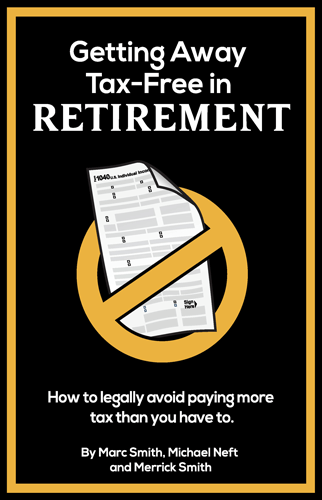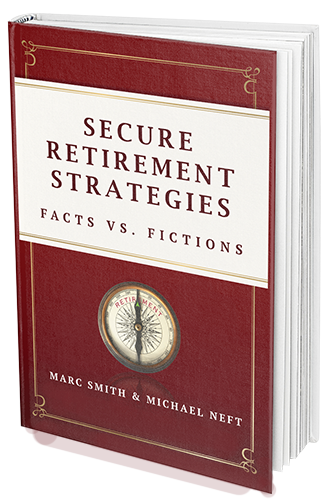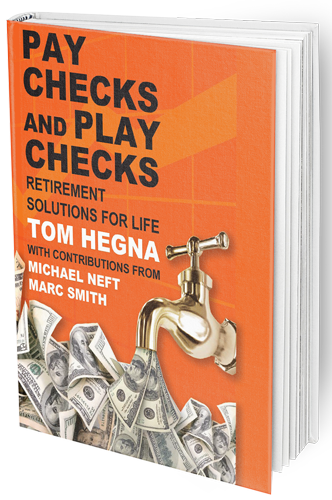How to Build a Dividend Portfolio to Survive Inflation
Investors are definitely grasping for something like an “inflation investing strategy,” but how should we think about this strategy holistically, or as it relates to the rest of our investments long-term? Recently, we’ve heard a lot about inflation. When buying power decreases over time, that is known as inflation. In the past few years, factors have come together that have led to fears that there could be a period of extended inflation in the foreseeable future. Under normal circumstances, investors tend to shy away from stocks with low yields — such as utility and telecommunications stocks — because they are riskier propositions with lower dividends. However, given the increasing likelihood of an inflationary period ahead, now may be the right time to reevaluate your portfolio.
What is the Cause of Inflation?
- Rising Costs: When the price of any given commodity rises, it is known as inflation. This can be caused by a number of things, including the cost of raw materials needed to produce the item, higher wages for workers, or a drop in demand for the product.
- Stronger Dollar: When you see a stronger dollar, it means that the value of the dollar is rising compared to other currencies. Inflation is often linked to a stronger dollar because it can make imports more expensive.
- Rising Government Debt: When a government borrows money to finance its spending, it has to pay back the debt with interest. The government will usually pay this interest by raising taxes. When it raises taxes, the cost of goods and services goes up, which increases inflation.
- Declining Inflation Expectations: If people lose faith in the government’s ability to manage the economy, they lose their confidence in the future purchasing power of their money. As a result, they start to spend it as quickly as possible to avoid seeing its value decline. This sudden rush to spend can lead to hyperinflation, where prices rise extremely quickly and money loses its purchasing power very quickly.
How Does Inflation Affect Investments?
Inflation is disruptive to the economy as a whole. It also makes it more challenging to invest. To understand how inflation affects your investments, look at it this way: if you invest in stocks, you are purchasing shares in a company. If the company’s profits increase, its stock price goes up. So, on paper, you’ve made more money. The problem is that inflation also erodes the value of the dollar. This means the same amount of money isn’t worth as much as it was before. As a result, your investment’s value may not have grown as much as it appears. Inflation is also one of the main reasons why long-term investing is so important. The longer you hold on to a particular investment, the less impact inflation has on its value.
The Secure Retirement Strategies Dividend Portfolio: Inflation Mitigation
One of the most popular portfolios among the Secure Retirement Strategies’ client base is our dividend portfolio. While past performance is never a guarantee of future performance, we look to this portfolio’s past performance to inform our expectations about its future.
Based always upon market conditions, we try to exceed and achieve a better rate of return than the market does. By nature, a company or an ETF, or a mutual fund, that pays dividends or is geared to paying dividends, is going more conservative than aggressive stocks like Google, Facebook (Meta), or Tesla, which don’t pay much of a dividend.
At SRS, we look for the bluest of the blue-chip companies found within the ETFs in which we invest. Our portfolio typically boasts dividends anywhere from 2 to 3 times higher than the rate of return on the S&P 500. In market years like 2022, that’s something to be proud of.
Remember what we said about keeping an investment longer so inflation has less of an impact on its value? Over the last 12 months, our dividend portfolio has beaten the S&P 500, but it has also performed similarly over the last three years, five years and 10 years.
Low Risk, High Performing Portfolio
Our dividend portfolio has a Morningstar beta of 0.93, essentially denoting less risk than its benchmark, the S&P 500, which has a beta of 1. Retaining a lower risk factor while still outperforming the benchmark index on which the portfolio is based is another appealing feature we’re proud to disclose to our clients.
If past performance is indicative of how a portfolio like this will perform against wavering markets in the future, we think we have a clear winner: our dividend portfolio definitely plays a role in your inflation investing strategy.
Final Words: Stay diversified, hold your breath and enjoy the ride!
In times of high inflation, the best approach is to remain diversified. By holding a variety of investment types, you can help to limit the impact of any one type of investment on your portfolio. However, it’s important to remember that no strategy is foolproof. Investors will likely face an environment of tremendous uncertainty. Preparing yourself with strategies like our dividend portfolio is one way to chart your course to a more secure retirement in the midst of inflation and market fluctuations.
Our firm is ready to help you form an investing strategy that minimizes the effect inflation has on your portfolio. Contact us today to find out more.
Risk Disclosure: Investing involves risk including the potential loss of principal. No investment strategy can guarantee a profit or protect against loss in periods of declining values. Past performance does not guarantee future results.
This material is for information purposes only and is not intended as an offer or solicitation with respect to the purchase or sale of any security. The content is developed from sources believed to be providing accurate information; no warranty, expressed or implied, is made regarding accuracy, adequacy, completeness, legality, reliability or usefulness of any information. Consult your financial professional before making any investment decision. For illustrative use only.
Opinions expressed are subject to change without notice and are not intended as investment advice or to predict future performance.







